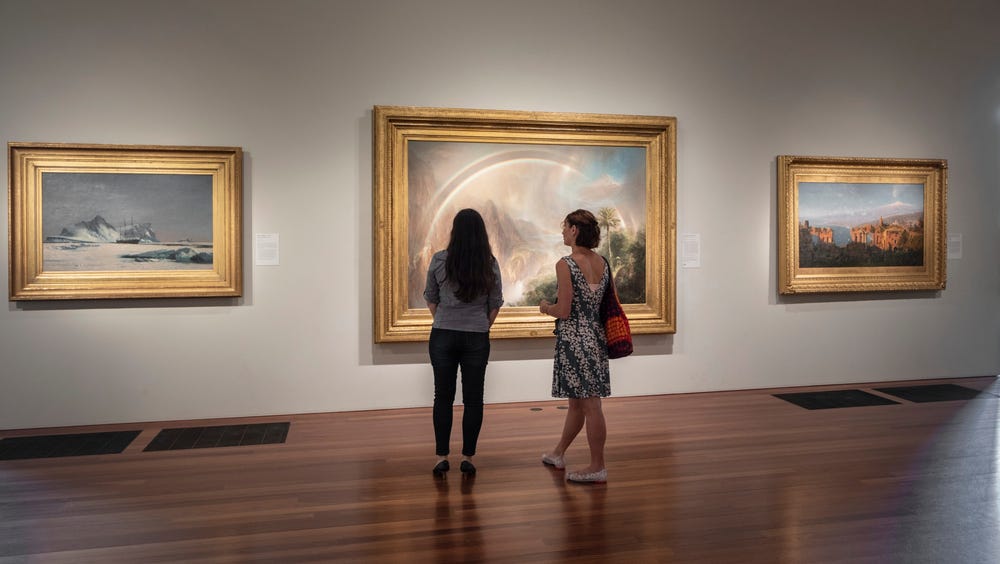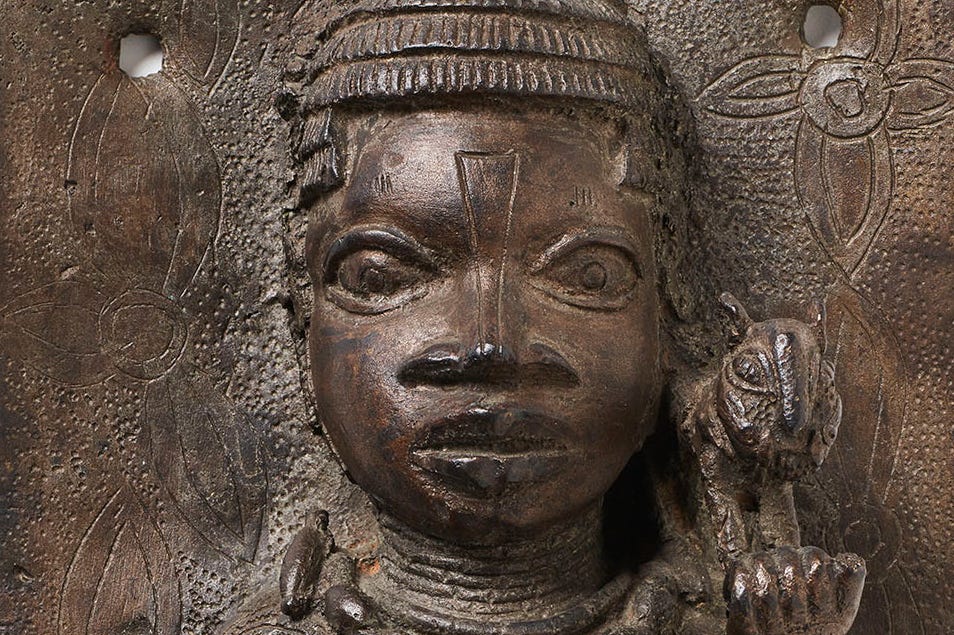de Young, 2019. Photograph by Henrik Kam. © Fine Arts Museums of San Francisco
Provenance
Jump to
Provenance, or collection history, of objects is always a work in progress. When works of art are added, by purchase or gift, to our collections, museum curators conduct provenance research. This research includes vetting information provided at the time of the acquisition, such as collection history, sale or auction records, purchase receipts, and exhibition histories, as well as undertaking new research to add to existing documentation.
For works of art already in our collections, we continuously work to expand on the research conducted by our predecessors. As archives become digitized worldwide, we gain access to new records and resources. We also subscribe and submit research inquiries to the Art Loss Register (ALR), and consult with communities of origin.
We adhere to applicable ethical codes of conduct and professional practices, including those set by the American Alliance of Museums (AAM) and the Association of Art Museum Directors (AAMD). We follow state and federal laws, including the Native American Graves Protection and Repatriation Act (NAGPRA), as well as the international treaty UNESCO Convention on the Means of Prohibiting and Preventing the Illicit Import, Export and Transfer of Ownership of Cultural Property.
Our collections are searchable by the public in an online database accessed from our website. Continuously updated, this database contains images and information about many works in our collections. We have implemented a new collections management system — The Museum System — and are in the process of reviewing and updating our collection data. Provenance information will be added to the system as we complete our review. These updates will improve the accessibility of our collections online for both museum staff and visitors.

